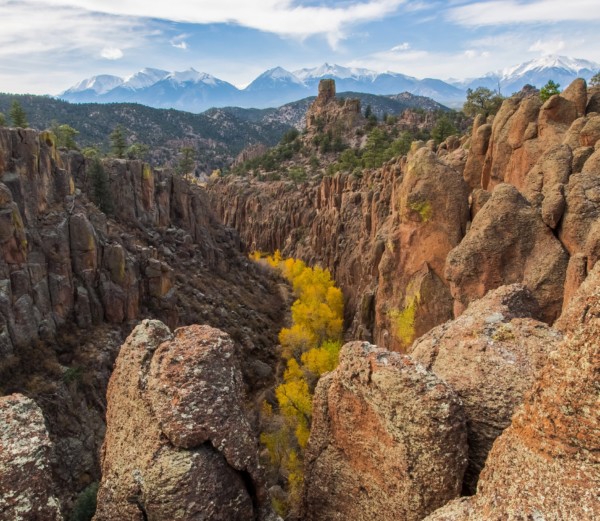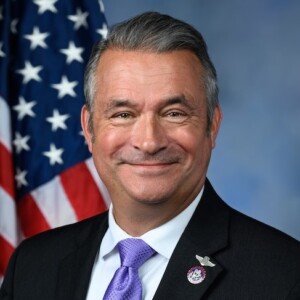Community Coalition Facilitated by Keystone Develops, Submits Land Management Plan to Federal Agencies
 Keystone Policy Center facilitated discussions for the Friends of Browns Canyon and a coalition of Chaffee County citizens in 2019 who wanted to offer recommendations for a federal resource management plan for the Browns Canyon National Monument.
Keystone Policy Center facilitated discussions for the Friends of Browns Canyon and a coalition of Chaffee County citizens in 2019 who wanted to offer recommendations for a federal resource management plan for the Browns Canyon National Monument.
The monument was designated for federal protection in 2015 and encompasses more than 21,000 acres of scenic and diverse natural resources along the upper Arkansas River in Colorado. It is co-managed by two federal agencies – the Bureau of Land Management (BLM) and the U.S. Forest Service (USFS) – who announced in May 2019 that they would accept public comment to assist with the development of a resource management plan for the monument.
In anticipation of the public comment period, Keystone Policy Center and the coalition of over 20 local citizens representing numerous organizations with diverse interests and experience, conducted a series of meetings to discuss a shared set of recommendations for the BLM and USFS. The result of those meetings was a comprehensive Sustainable Alternative Plan outlining numerous recommendations for the BLM and USFS.
“Our approach in developing the Sustainable Alternative was to review existing land-use designations and recommend how these existing designations could form the basis of a zoning approach for land use within [Browns Canyon National Monument]. This was necessary to ensure the monument is managed appropriately to protect the resources, objects and values that it was designated to protect. We considered known locations of monument objects as well as known areas of recreation and interest,” the coalition wrote in the executive summary of the Sustainable Alternative Plan.
The Sustainable Alternative received technical advice from local, regional, and national organizations involved in the area who specialize in public land management. It has broad community support from over 80 local businesses, residents, landowners, and various regional and national organizations. It was submitted to the BLM and USFS on June 20, 2019 and was included in the public scoping report released by the agencies in July 2019.
The suggestions outlined in the plan address issues both within and outside of the planning effort laid out by the BLM and USFS. The coalition took this approach because the recommendations for land use in the area both directly and indirectly affect monument access and visitation as well as the resources, objects, and values the monument was established to protect.
It is anticipated that the BLM and USFS will release their draft of the resource management plan/environmental impact statement in Fall 2019. Since the Sustainable Alternative is the result of a community-developed initiative with broad support, the coalition hopes to see many of its recommendations adopted into the final management plan.
Regardless of the final outcome, the process is another example of Keystone Policy Center’s mission in action – inspiring true collaboration to pursue common higher ground. The initiative gave local citizens a voice in helping to shape federal policy that will have significant local impact. The coalition has proven that people with diverse perspectives can work together to achieve a common goal, even in a national climate that appears to prioritize divisiveness over collaboration.









